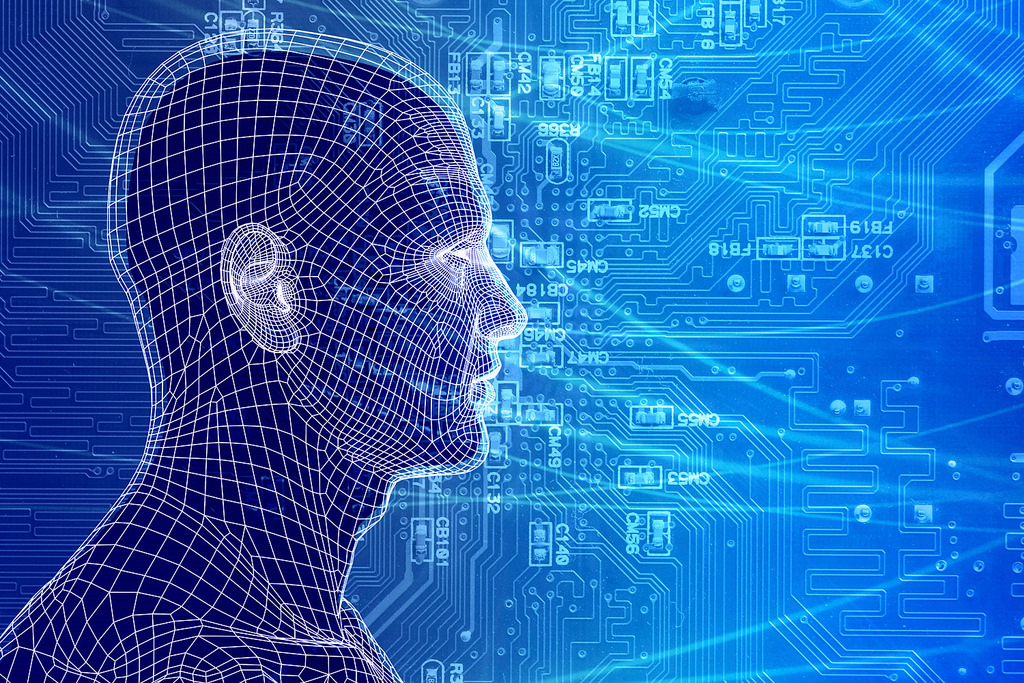All You Need To Know About Machine Learning
By Aishath Nashwa, Business Analyst, and Prethiba Esvary, Marketing and Communications Executive, Lava Protocols
If you went onto Google and typed out ‘Machine Learning’, you’d see scores of articles about this topic. But for some of us, these articles can appear complicated, especially if we’re not tech junkies or don’t work in the IT sector.
You may not realise this but our lives today are very much dependent on devices which use machine learning. So, having a conversation with a tech junkie even though you’re not a techy person yourself shouldn’t be a problem. 🙂
We’ve drilled down the basics of machine learning into 5 points. Enjoy reading!

1. What Is It, Really?
In technical terms, machine learning involves algorithms and data and numbers. To break it down for you, machine learning involves learning from examples and experiences rather than being programmed. With more experience, it gets smarter and better.
Take a baby as an example. How do we teach them the alphabet, numbers, and how to recognise various objects and colours? Through repeated exposure of the object, and in different variations, until they are able to identify the characteristics unique to that object. Through experience, the baby will eventually learn to distinguish between say an apple and an orange.
Similarly, you will need to feed a machine with various images of an apple and an orange, for the machine to be able to identify characteristics unique to an apple and orange. The more varieties of apple and orange images it is fed, the better it gets at telling the two apart.
2. What Are Some Real- Life Examples?
- Text prediction when you’re texting a person.
- Recommended shows on Netflix.
- Image recognition and speech recognition on Google.
The above are all examples of machine learning. You can start by thinking of a simple example and asking how its made possible.
Netflix
Netflix has thousands of TV shows available for streaming and yet it knows your favourite movie/ TV show genre. The next show you start to watch is very likely to be from the list of recommended shows.
How does it know what to recommend?
Netflix gives you the option to rate shows. Every time you leave a rating, you’re telling Netflix the genres or varieties of shows you enjoy. If you frequently rate your shows, you’ll have a better list of suggested shows compared to those who do not rate.
Netflix also studies your viewing history and suggests shows which falls into the same genre or has similar titles. This is called a recommendation algorithm which calculates a percent match score next to a title. This is unique to each user and the percentage indicates how likely you are to watch the show.
Spam filters
Spam filters are another tool which we often take for granted. Spam filters also use recommendation algorithms whereby statistical techniques are used to score incoming emails.
The moment an email is marked as spam, it is directed to a hopper — a container for inventory space — containing tonnes of emails which have been flagged as spam by other users. Similar patterns such as misspellings or sender IP addresses are then identified and the email provider (Gmail, Hotmail, etc.) can then detect incoming emails with similar characteristics and filter these out as spam mail.
Route suggestions
Likewise, Google Maps also uses similar algorithms to suggest faster routes based on changes in traffic. Furthermore, it is able to remember the location at which you parked and also make suggestions for the best time for you to leave to the airport if you have a flight to catch. Cool huh?
3. The Need for a Variety of Data
Machine learning does not solely rely on algorithms and other statistical functions. They also need to be fed a lot of data. An article by Towards Data Science said: “The most common mistake among machine learning beginners is to test on the training data and have the illusion of success.”
Training data here refers to data sets used to train the machines (think teaching a baby about fruits). Future data refers to data the machine has never seen before (imagine showing a baby a fruit he/ she has never seen before), and this set of data is what machines need to be tested against.
Similarly, if you were to show the same sort of images of a red apple to a baby, he/ she may not be able to distinguish between a royal gala apple and pink lady apple. Similarly, remember that the machine will only be as good as the data used to test and train it. The more varieties and type of data used to test it, the better the machine will turn out.
Yes, there have been times where the system had failed once it was deemed ready for use. This was because it wasn’t tested with sufficient future data.
4. It is a Subset of AI
AI is essentially machines that are able to operate intelligently, without much guidance/ help from humans. It can help humans to problem-solve and make decisions. Machine learning without a doubt is one of the many subfields of artificial intelligence. An example is robots being used in hotels for customer service. Using machine learning, these robots are able to respond and move around by itself and make decisions based on the environment it has been put in.
Another example of is the data analysis function in some softwares such as Salesforce Einstein. The AI element in the software is able to identify patterns in your customer data, and make predictions and recommendations, which is useful for sales, marketing and customer service teams.
5. Types of Machine Learning
There are four and are divided according to how the machine learns:
- Supervised learning
- In supervised learning, the machine is given data that is ‘labeled’, from which it will churn out predictions. Think of it as giving our pets the label of ‘dogs’ and ‘cats’. The spam filter algorithm mentioned above uses this method of learning.
- Unsupervised learning
- This is a method which allows the machine to discover patterns or categories that cannot be seen/ determined by humans. This is useful for customer segmentation whereby the raw data received is unlabelled (untagged) and unstructured.
- Semi-supervised learning
- Uses a combination of supervised and unsupervised learning techniques.
- Reinforcement learning
- This method of learning involves rewarding the machine based on its actions, so it can distinguish between right and wrong. A simple concept would be like playing video games. Based on what contributes to a higher score, the machine can try and test what works and what doesn’t.
The Future of Machine Learning
Predictably, machine learning will be included in more softwares we use. This means, we will have computers that are better able to understand us. As it is, machine learning greatly helps out in the customer service industry by removing monotonous and time-consuming tasks, to enable hotel staff to focus more on providing quality service to guests.
Therefore it is likely that more and more of these would be made available in the future where people are given recommendations and suggestions.
If you’d like to visualise how Machine Learning works, this video is a great resource for you.
Want to test out how Machine Learning works? “Quick, Draw” is a great place to start. While it appears to be a fun game, it actually operates using artificial intelligence by learning from images that are drawn by people. These drawings are used to recognise more and more objects in the future. The more people use it, the more intelligent it becomes in recognising objects. Go on and test it out!
——-
Lava is a leading cloud consulting company in Malaysia. We have more than a decade of experience in cloud solutions which include sales, customer service, marketing, CRM implementation, change management, and consultation. We pride ourselves in not just being a Salesforce partner but in also understanding the needs of our customers and taking their business to the next level. Email us at asklava@lavaprotocols.com or call us at 03-7885 9720 if you’d like to know more.

